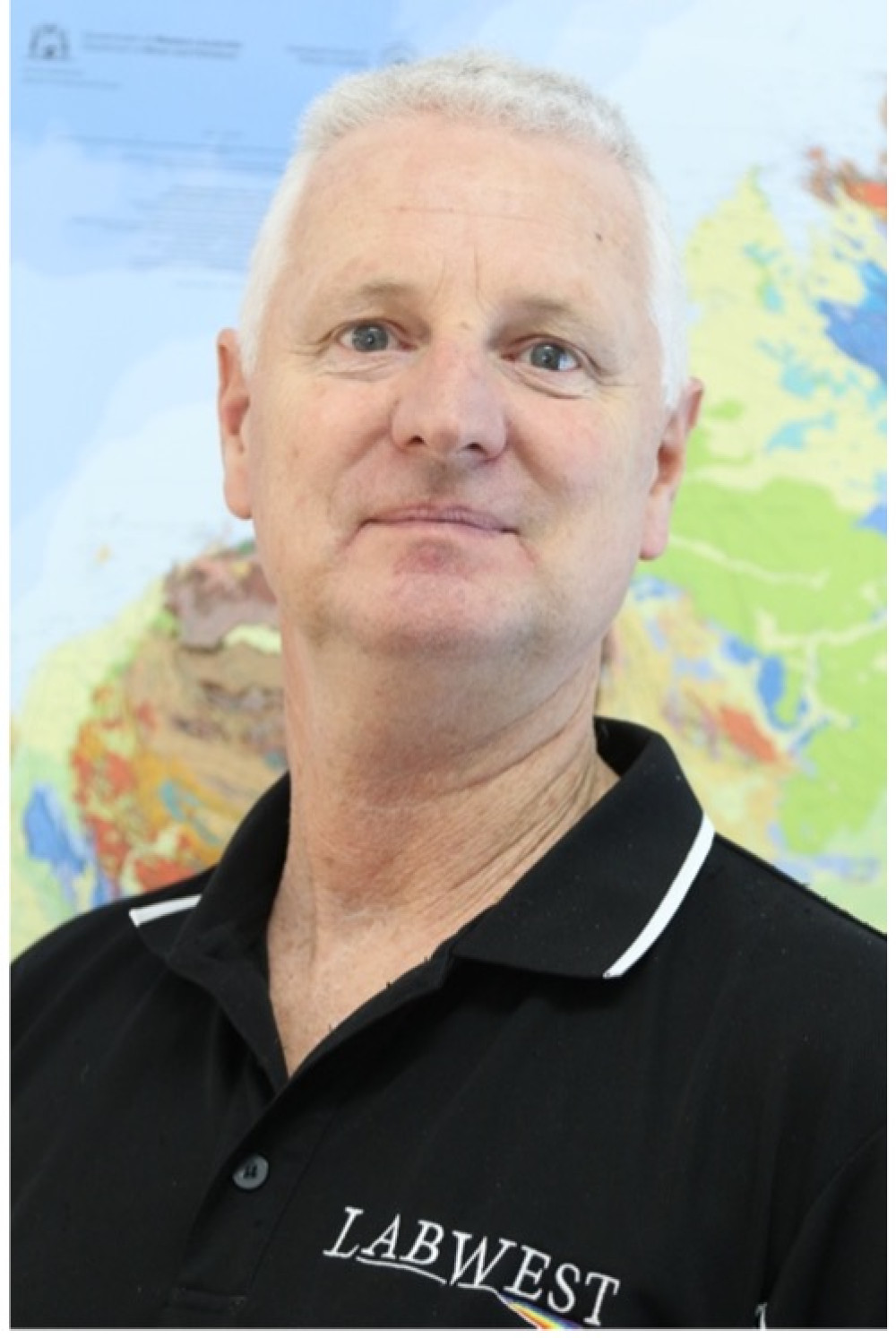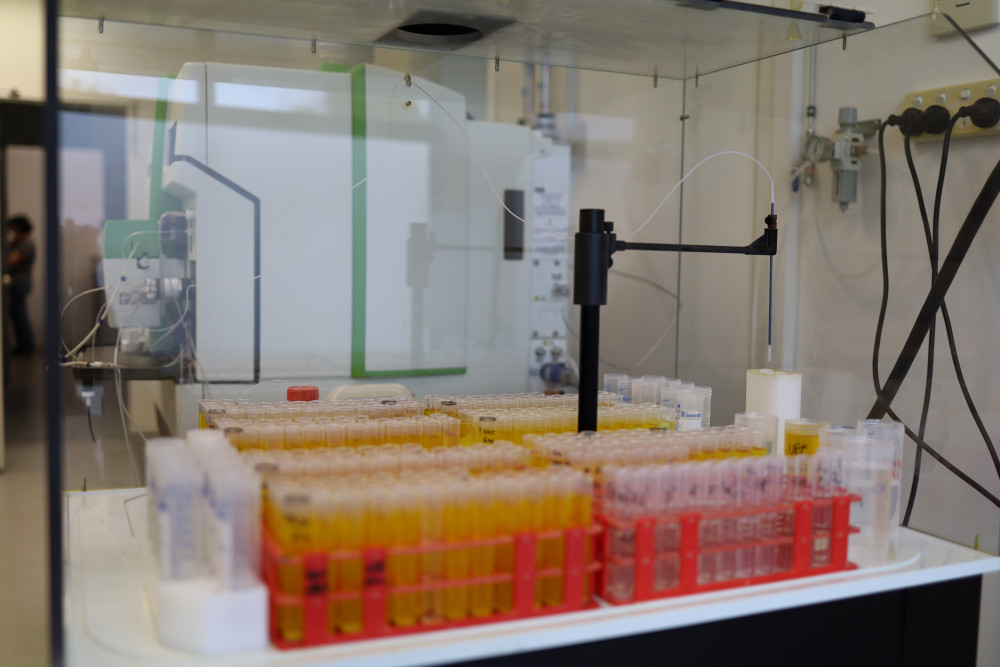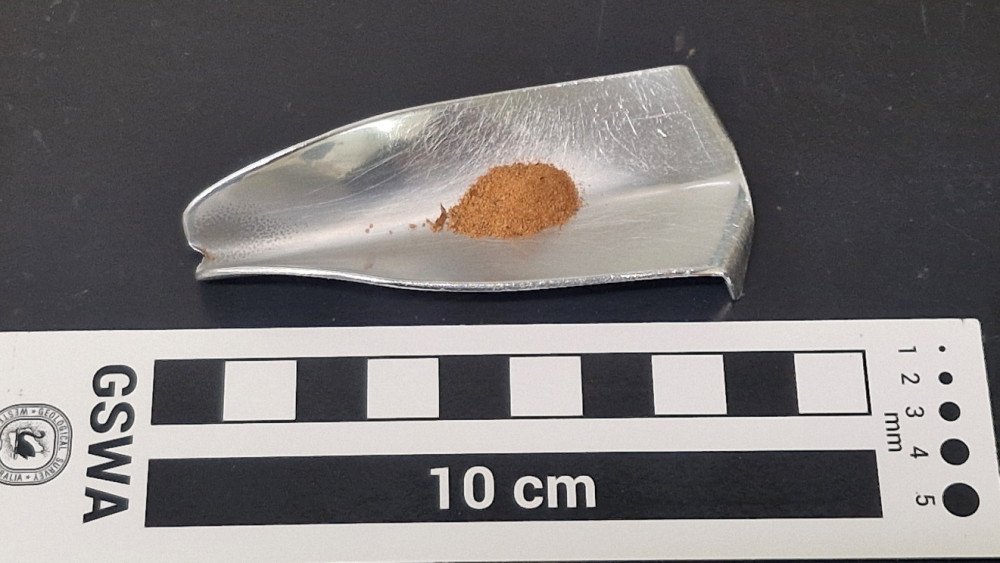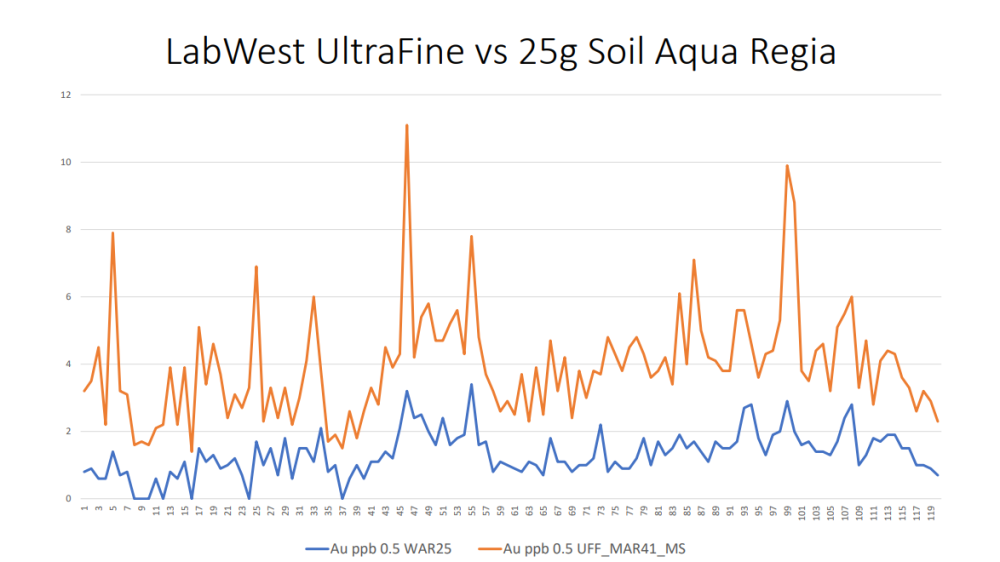Ultrafine soils, sharper signals — how LabWest’s pint-sized particles are punching above their weight in mineral exploration geochemistry


, , , , , , , , , , , , ,
, , , ,
, , , , , , , , , , , , , , , ,
As mineral explorers delve deeper into complex regolith terrains and undercover targets, the need for geochemical techniques that offer both precision and sensitivity has never been greater. One Western Australian lab is answering that call. From its high-tech facility in Malaga, LabWest is redefining how explorers detect, analyse, and act on subtle soil signatures with its breakthrough UltraFine method.
“The method is a lot more sensitive to the concentration of elements in the regolith,” Blake Stacey of LabWest explains to The Rock Wrangler. “It shows anomalism very clearly, and across all elements—not just the majors. Even resistate elements like tungsten, cerium, zirconium and the rare earths produce a signal.”
CSIRO Origins, LabWest Execution
The UltraFine method was initially developed by the CSIRO, with key input from Dr Ryan Noble and the research team. LabWest was selected as the commercialisation partner in 2017—thanks in part to its use of microwave digestion, high-end ICP-MS instrumentation, and its ability to rapidly develop and adapt workflows as a small, agile laboratory.
A Clean Cut Through the Noise

At the heart of the UltraFine method is its ability to focus solely on the sub–2-micron particle fraction in soil samples—the clays and oxides that are highly reactive and carry a negative charge, making them ideal for attracting metallic ions.
Traditional soil geochemistry, Blake explained, often includes coarser matrix materials—primarily silica—that dilute the geochemical signal. By isolating and concentrating the reactive fraction, UltraFine delivers a sharper, more accurate picture of underlying mineralisation.
“Traditional soils might give you a broad, flat signal,” Blake said, “but UltraFine gives a sharp spike—it really helps pinpoint areas of interest.”
Where It Works Best
While the method isn't designed for deep-cover exploration, it thrives in areas where some bedrock response is possible—typically not too deep, not overly sandy, and where soils haven’t been severely leached or washed out.
According to Blake, the method is broadly applicable to most near-surface settings and is effective across all commodities—gold, lithium, base metals, and rare earth elements included. Even elements traditionally difficult to detect in soils, such as tungsten or cerium, are now identifiable through this technique, making it highly versatile for modern exploration programs.
Backing Discovery with Data
UltraFine is gaining traction among Australian explorers—and for good reason. LabWest can point to several recent successes, including Hamelin Resources in the Tanami region, which used UltraFine to define a gold anomaly at its Anderson Prospect. That anomaly was later verified by drilling.
There are other examples too, such as work by Iceni Gold, which saw consistent anomaly mapping that, while not always resulting in a discovery, provided accurate targeting and increased geological confidence. These case studies, Blake noted, are publicly available through ASX announcements. “It’s not always about a mine—it’s about reducing uncertainty, saving drilling dollars, and improving targeting decisions,” he said.
Built-In Precision and Rigorous QA/QC
LabWest’s high-precision data outputs are underpinned by rigorous quality assurance and quality control protocols. Every analytical batch includes certified reference materials, reagent blanks, and replicates. Clients also routinely submit their own CRMs and duplicates, further reinforcing the robustness of the process.
Much of this reliability stems from LabWest’s use of multi-quadrupole ICP-MS instrumentation, capable of detecting elements at parts-per-trillion levels. Blake described the technology as their “truth-teller”—an essential instrument that also enabled LabWest to develop palladium-in-soil detection methods.

Support Beyond the Lab
LabWest’s support doesn't end with sample analysis. The team regularly works with field crews to overcome real-world challenges. One recent innovation was a wet-weather sampling workflow that eliminates the need for sieving samples in muddy conditions—saving time and minimising contamination risk in difficult environments.
While the team takes care not to be overly prescriptive, Blake emphasised that LabWest is always available to assist with sampling protocols or to advise on appropriate CRMs. “We’re not here to tell geologists how to do their job, but we’re happy to offer guidance when asked,” he said.
Flexible Inputs, Scalable Outputs
Explorers can submit pulps previously pulverised to 75 microns, from which LabWest extracts the sub–2-micron fraction and reanalyses it using the UltraFine method. This allows companies to re-evaluate historic samples using a more sensitive lens.
To perform the assay, LabWest uses just 0.2 grams of <2 micron material, separated in-house from the raw sample using the lab’s proprietary workflow.
The lab currently processes up to 800 samples per day and analyses for 65 elements in each—covering gold, platinum, palladium and more—meaning separate fire assays are often unnecessary. Turnaround times for UltraFine are typically three to four weeks, with workflows designed for both speed and accuracy.

What’s Next: Innovation in Isotopes and Purity Analysis
LabWest is continuing to push the boundaries of analytical chemistry. New development work includes the integration of stable isotope measurements into existing workflows and expanded services for high-purity analysis. This includes materials critical to the battery and advanced manufacturing sectors, such as high-purity alumina (HPA), high-purity quartz (HPQ), lithium hydroxide, lithium carbonate, vanadium battery solutions, and high-purity graphite. These materials are all tested using the same advanced ICP-MS instrumentation, in a modern, ultra-clean laboratory environment.
Visitors to the facility often comment on how clean the lab is—an important factor in maintaining the integrity of trace-level analysis and a point of pride for the LabWest team.

UltraFine delivers clearer gold anomalies: LabWest’s <2μm method (orange) reveals stronger, more defined signals than traditional aqua regia soil analysis (blue). Graph: LabWest.
Global Reach and Growing Demand
As demand for deeper, more nuanced geochemistry grows, UltraFine is gaining international interest. Samples are now being shipped to LabWest’s facility in Malaga from around the world. “We’re seeing growing demand from overseas clients,” said Blake. “As more people experience the clarity and precision of UltraFine, interest just keeps building.”
For mineral explorers seeking greater certainty in geochemical targeting, LabWest’s UltraFine method offers a proven pathway to sharper signals, more confident decisions, and better discovery outcomes.
For more, contact Blake Stacey at LabWest on +61 410 456 631 or b.stacey@labwest.net
